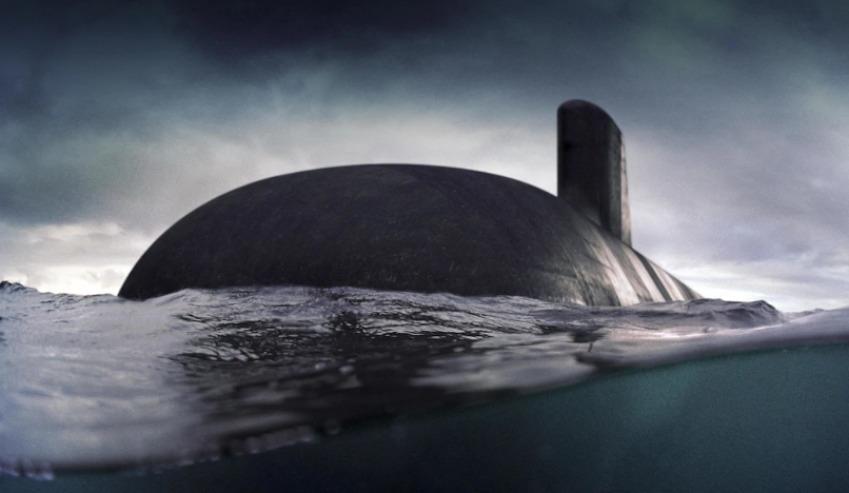As preparation towards the build of Australia’s 12 Future Submarines gears up, DCNS Australia’s chief executive Brent Clark reflected on what lies ahead for the program and what risks must be accounted for.
To continue reading the rest of this article, please log in.
Create free account to get unlimited news articles and more!
With various industry briefings having taken place across the country this year, DCNS is getting closer to building up its supply chain for the $50 billion project, while also building up its own personnel, which Clark said has been a positive experience for the company.
"One of the things I would like to say is that, from the DCNS Australia perspective, we're building up our capacity and capability pretty quickly," Clark told Defence Connect.
"I feel pretty lucky in the fact that I've got some really, really talented people who are working with the company now."
But as with any large procurement program, there are risks, which the DCNS CEO has not shied away from, in the case of the rapid build up of the workforce.
"There's always risks," Clark stated. "It would be foolish to say that you don't have to worry about these sorts of things.
"We're pretty confident in terms of how we're going to rack up the people. There's a good size workforce that exists in Adelaide already. Equally, whether it's a Future Frigate or it's a Future Submarine, these are exciting projects to be working with. Of course, the other thing to remember is that this is like a 50-year program. So I'll be well and truly retired by the time the last submarine rolls out of the shed."
Clark said DCNS Australia will be hoping to implement the success of its parent company and submarine facility in France and, despite the fact there will be a need for some foreign workers on this project, is confident in the skills of the South Australian and Australian people.
"My expectation, it will be a bit like the submarine facility in France, where you have generations of families who have worked in the shipyard and I imagine that we will have mum, grand-mum, daughters, granddaughters, generations of people working," Clark said.
"So I think, yeah, there's a risk and with monitoring and with tracking and have got plans in place and targets to reach, I think it's well within the capacity of Australia and certainly South Australia to produce the workforce."
Clark also did not steer clear from the mammoth task the prime is undertaking in working with other supplier and companies, stressing that the big decisions are already being made and the time for industry to reach out and prepare is now.
"Whilst they [industry] might think it's a long way down the track, we have a very long process to go through," he said.
"We have to get out and we have to see industry. They have to express an interest that they want to be involved. We then go out to their factory or to their facility and we do audits. We look at their quality procedures, their processes, how they do the manufacturing. That starts them on a process of becoming part of the global supply chain. We need to make sure that Australian companies are ready to go by the time we meet them. It might seem like it's years down the track but it's actually not that far away.
"We need to get people qualified and up and running.
"We need to make sure that's done in a proper way so that it [the program] succeeds and there's no risk."
DCNS Australia was selected as the Australian government's preferred international partner for the design of 12 Future Submarines for the Royal Australian Navy.
The first of the 12 submarines is likely to begin entering service in the early 2030s. Construction of the 12 new submarines will extend into the late 2040s to 2050 timeframe.

 Login
Login







